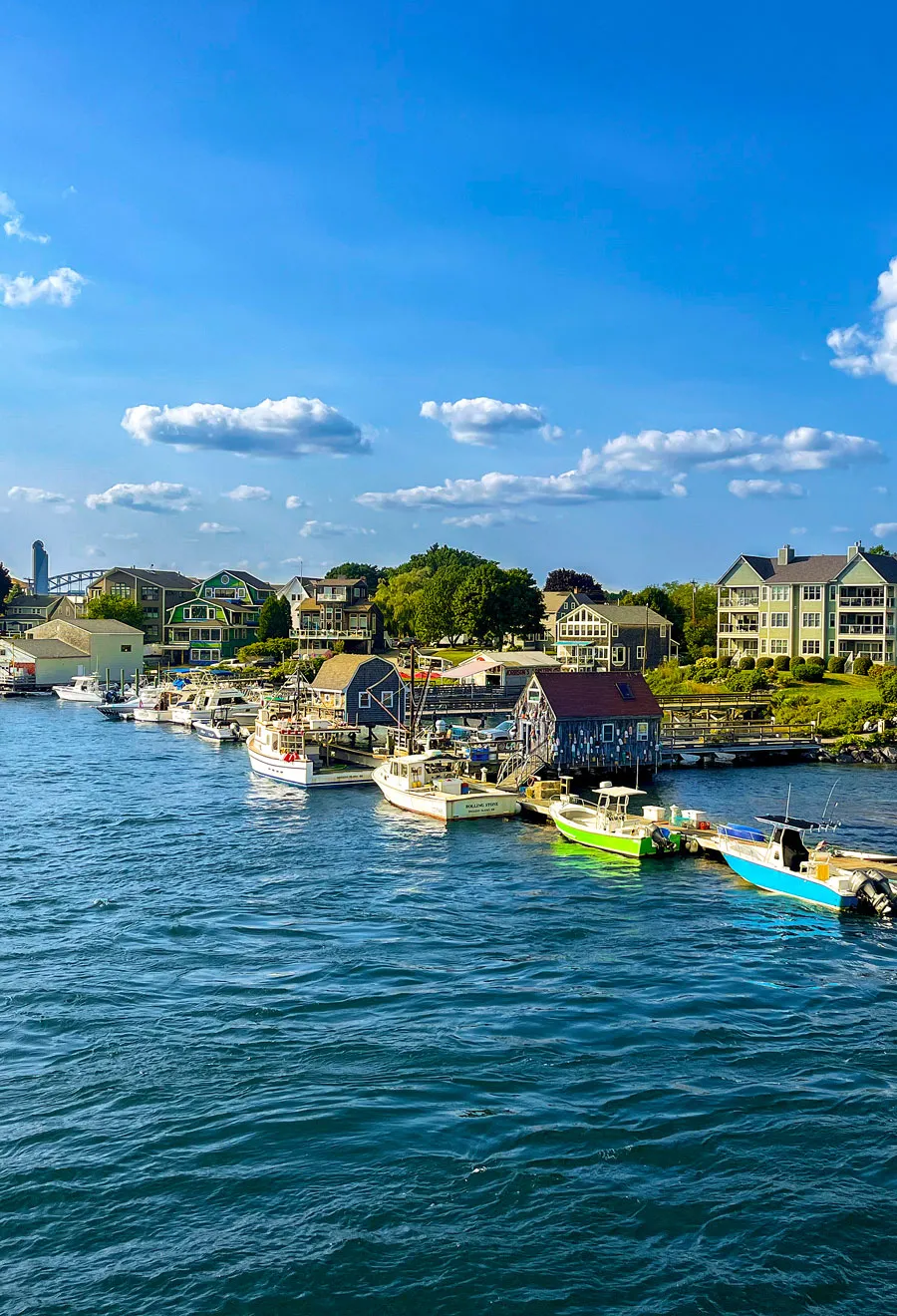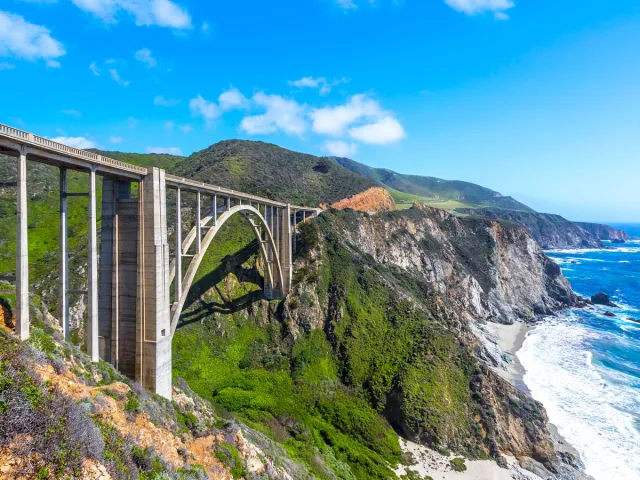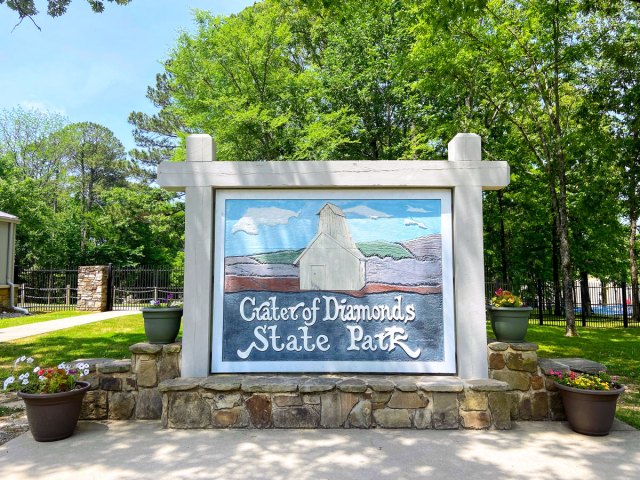Step aside, ghost towns: The following historic towns are the real deal. Instead of being deserted or abandoned, these places are home to people who have stuck it out. Be it through trade, community, or adaptability to the times, these small towns have survived centuries of U.S. history and still have residents who choose to call them home. Learn about six of America’s oldest continuously inhabited small towns and why any history buff should consider visiting.
Natchitoches, Louisiana
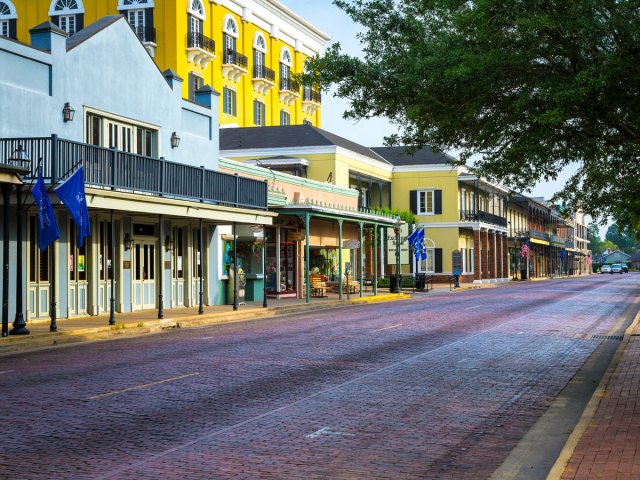
Established in 1714 and continuously inhabited since then, Natchitoches was settled four years before New Orleans. Pronounced as “Nakadish,” the town is the oldest permanent settlement in the Louisiana Purchase territory, the 828,000 square miles of land in North America that the U.S. purchased from France in 1803.
French Canadian explorer Louis Juchereau de Saint-Denis founded Natchitoches as part of a trade route on the Red River, and early townspeople survived by making trades with the local Indigenous Caddo peoples. Over the centuries, Natchitoches continued to thrive, thanks to steamboat activity, frontier commerce, and protection from a nearby military fort. Today, its National Historic Landmark District comprises 33 blocks of Creole architecture, old churches, museums, shops, and restaurants.
Sault Ste. Marie, Michigan
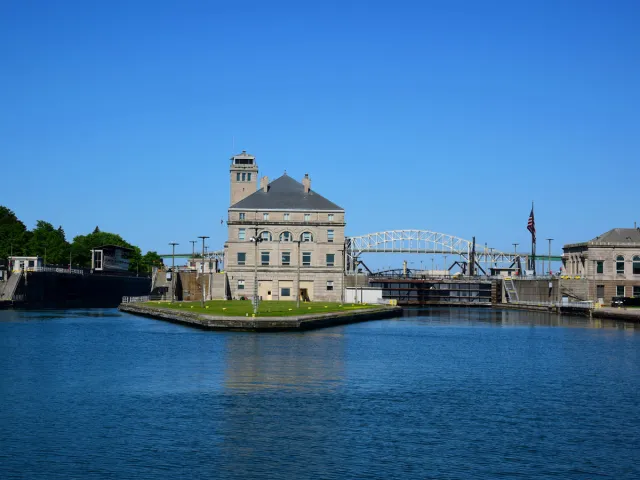
Established in 1668, well before Michigan became a state, Sault Ste. Marie is one of the oldest continuously inhabited towns in the U.S. French Jesuit missionary Jacques Marquette founded the settlement in a region that was first inhabited by the Ojibwe peoples with whom the settlers frequently traded. Both inhabitants named the area for the raging river — the Indigenous name Baawitigong means “place of the rapids,” while Sault is an old French word for “rapid” or “waterfall.”
Since its humble beginnings as a bustling fur trading post, Sault Ste. Marie has become a popular outdoor recreation destination in the Upper Peninsula of Michigan. The presence of the Ojibwe peoples also remains strong; many live on Sugar Island on St. Mary’s River.
Kittery, Maine
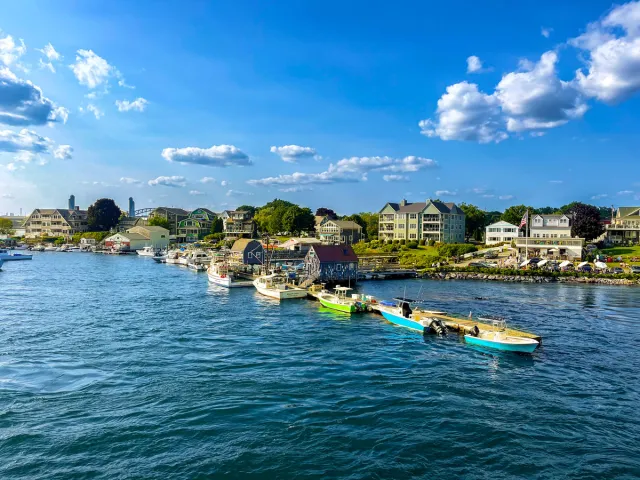
The oldest town in Maine, Kittery has been continuously inhabited for almost 400 years. Kittery was incorporated in 1647 due to its strategic position on the Piscataqua River, making it an ideal location for ships, trade, and defense. After the town became a hub for shipbuilding, the Portsmouth Naval Shipyard was established in 1800, giving Kittery the added distinction of being home to one of the oldest continuously operating shipyards in the U.S. In 1820, when Maine officially achieved statehood, Kittery became the southernmost coastal town in the state. These days, it’s still home to a thriving local community, drawing many residents with artistic or literary leanings in particular.
Kecoughtan, Virginia

Now part of the town of Hampton, Kecoughtan was originally established in 1607 after Jamestown settlers came into contact with the Kecoughtan (or Kikotan) peoples. While relations were peaceful at first, within a few years, the Indigenous groups were forced to leave. In 1610, the English settlers took over Kecoughtan, which they prized for its fertile soil, and renamed it Elizabeth City, after the daughter of King James I. Today, Kecoughtan is one of the most historic neighborhoods in Hampton, especially since it has been continuously inhabited by English speakers since the 17th century.
Taos Pueblo, New Mexico
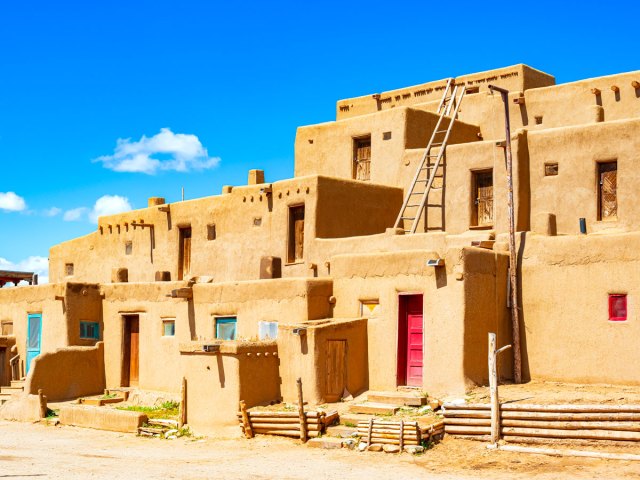
The oldest structures in Taos Pueblo were constructed between 900 and 1450 CE. Made entirely of adobe — a mixture of earth, straw, and water — the buildings have certainly stood the test of time. The village they’re located in, Taos Pueblo, has been continuously inhabited for over 1,000 years.
Today, the main pueblo has a population of approximately 150 year-round residents, in addition to several thousand Taos peoples who live on the attached Pueblo lands. The buildings in the main Pueblo remain largely unchanged from 1540, when Spanish conquistadores arrived. There’s one major exception, however — back then, the entrances were located on the roofs. Guided tours of this UNESCO World Heritage Site are available on a year-round basis.
Oraibi, Arizona
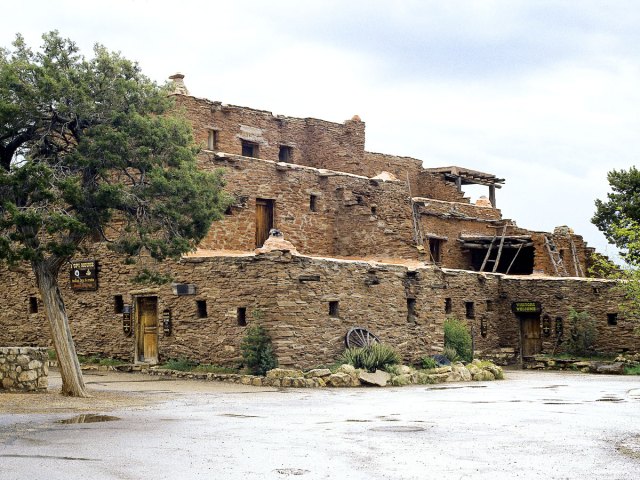
Although it was not discovered by Europeans until 1540, Oraibi, like Taos Pueblo, existed for centuries before the Spanish arrived. Historians believe that the Ancestral Puebloans have lived here since before 1100 CE, making Oraibi continuously inhabited for almost 1,000 years.
Located on the Third Mesa of the Hopi Reservation at an elevation of 6,500 feet, the village became the site of a Spanish mission in the 17th century. In 1906, a divide separated the more progressive residents from those who wanted to preserve Hopi traditions, ceremonies, and lifestyle. The more traditional residents decamped to nearby Hotevilla, while the progressive residents remained in Oraibi. Despite the split, Oraibi remains home to approximately 100 residents as part of the Kykotsmovi, the seat of the tribal government on the Hopi Reservation.
More from our network
Daily Passport is part of Optimism, which publishes content that uplifts, informs, and inspires.






